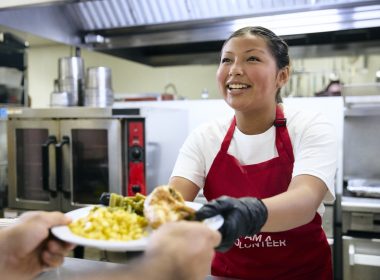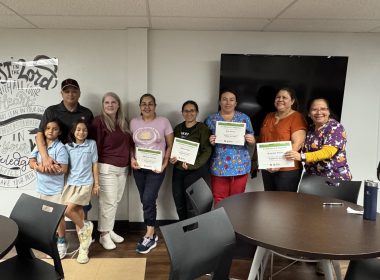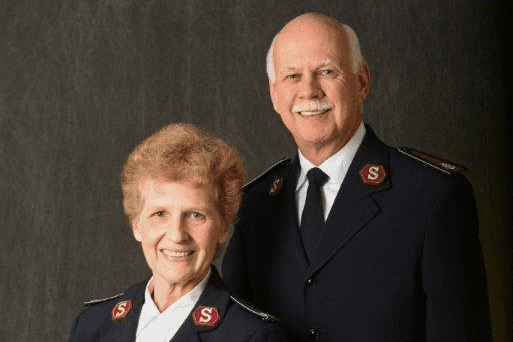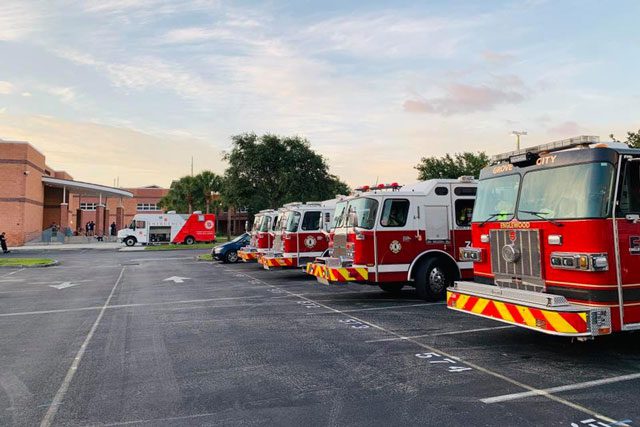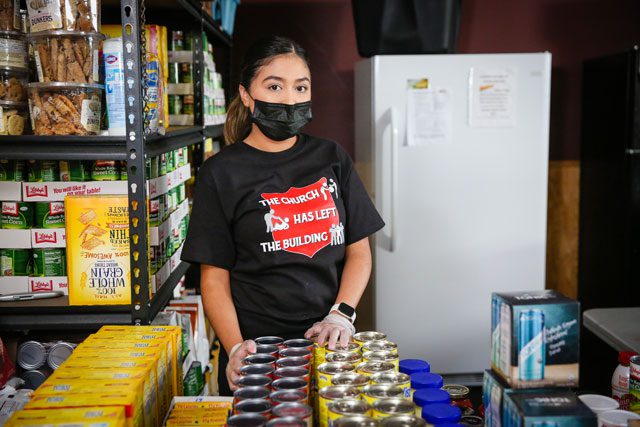By David Jeffrey, Commissioner –
For the past few years, #GivingTuesday has kicked off the important end-of-year giving season by sparking meaningful conversations about the significance of charitable giving and encouraging people to think about those who may not already be on their holiday gift list.
Research shows that Millennials like to see the impact of their donations and are more willing to volunteer their time than previous generations. Millennials have also contributed to an increase in online giving, and their mobile lifestyles have influenced how nonprofits are accepting donations. More than half of Millennials donate via mobile phone and immediately share information about the charities they support through social media.
Recently, I spoke with other leaders in the philanthropic community—Dr. Una Osili, Director of Research at Indiana University Lilly Family School of Philanthropy; Aria Finger, CEO at DoSomething.Org; and Steve MacLaughlin, Vice President of Data and Analytics Strategy for Blackbaud—about how Millennials are reshaping giving.
How has giving changed in the past few years? What do you expect for 2016?
Osili: Total giving reached an inflation-adjusted all-time high last year. It appears that charitable giving has recovered from the Great Recession. Between 2009 and 2015, the rate of change in total inflation-adjusted giving was 23 percent. That’s a gain of $69.70 billion in total giving.
MacLaughlin: Since #GivingTuesday began in 2012, there has been consistent double-digit, year-over-year growth in online donations, and we anticipate record-breaking donations in 2016. In 2015, the average online gift amount exceeded $100 for most organizations on #GivingTuesday, and 17 percent of digital donations were made on mobile devices.
Finger: Technology has changed things immensely, even in the past year, but certainly in the last five years. It’s no surprise that we continue to see digital giving on the rise, not to mention the hundreds of apps, websites and services that aim to make digital giving as frictionless as possible.
What influences Millennials to contribute to charities?
Osili: It’s all about the impact of their donation. Millennials like to have a relationship with charitable organizations and are influenced by seeing the impact of their donations. They also want to donate to a compelling mission or cause, and they want their support to go to an organization they trust.
Finger: The younger generation is motivated to give back out of a sense of fairness, to stand up against injustice. For example, if you tell teenagers today to eat healthy, you risk coming across as paternalistic and out of touch. Yet if you have a conversation with young people about the injustice of food deserts and how it’s not fair that low-income students don’t have access to the nutritious foods that will help them succeed in life, they will instantly want to mobilize. They have a strong sense of social justice and will act according to those beliefs.
MacLaughlin: According to Blackbaud’s “The Next Generation of American Giving” report, Millennials demand the most accountability from nonprofits. One of the best ways to engage this group and tap into the $16 billion they give annually is through peer-to-peer fundraising, where the individual takes ownership of the fundraising and engages their friends and family to rally around their chosen cause.
Do you think the next generation will think about giving in the same way as Millennials?
MacLaughlin: If history is a good predictor, then Generation Z (born mid-1990s to early 2000s) is likely to have its own unique views of the world and the importance of social good. While it’s too early to tell how they might behave compared to Millennials, it is clear that mobile devices and other digital technologies will play a big role in how they engage with charities.
Finger: It’s clear that teens today value giving back, in all its forms. Much like Millennials, teens want to see the tangible ways their donations are being used and helping real people. For that reason, nonprofits like DonorsChoose.org have a great opportunity to engage this next generation with their model of transparency. Further, local continues to be enormously important. Yes, this will be the most multicultural generation the U.S. has ever seen, but local charities (or national charities with local offices) shouldn’t miss the importance of local. Teens often want to make change in their own backyard—in their own schools, their own churches and their own neighborhoods.
See more from Commissioner David Jeffrey as a contributor to huffingtonpost.com.

